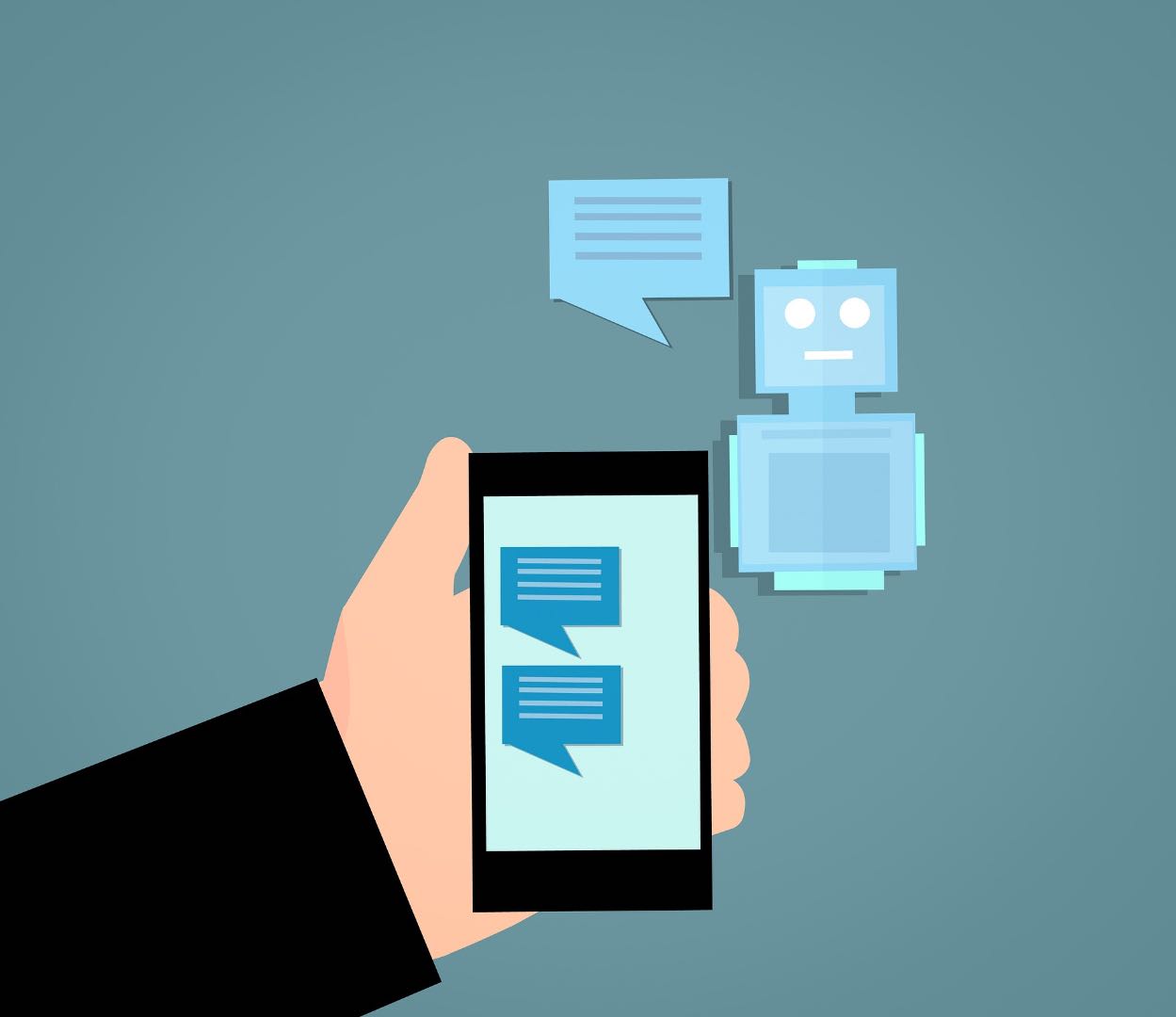The Ins and Outs of Chatbots for SMBs
What makes a business successful? The answers to that question are plentiful, but few can argue that a well-crafted customer management strategy is one of the most significant factors in success.
What that strategy looks like can vary greatly, but if you have a digital presence it will, in some way, be determined by how quickly and efficiently you provide information to your customers.
One way to meet their needs is through a strong content strategy that includes FAQs and other informative articles or posts. However, consumers – as you likely know – also crave immediate answers through poignant engagement.

For many small-to-medium-size businesses (SMBs), this represents a significant challenge. How do you manage those engagements without hiring additional employees or outsourcing your customer service, both of which can burden your bottom line and fracture your brand?
Fortunately, today’s technological advances have yielded new methods of making those valuable connections, and in this case, a chatbot can be the answer.
What is a Chatbot
A chatbot can be a powerful addition to your customer management strategy. But before we get to the why and how, let’s take a few lines to address the what, specifically “what is a chatbot and how it works.”
A chatbot is simply a computer program that is designed to engage with human users. These artificial intelligence-based bots imitate human conversations to offer varying levels of service to inquisitive site users.
To some, the notion of leaving delicate customer relationships to the obscure hands of a programming language can seem risky, but in many situations, these bots can help users obtain information quickly and efficiently from their desktop, mobile phone, or messaging apps like Facebook messenger. How those answers are delivered depends on the type of chatbot you choose.
How many types of chatbots are there? That depends entirely on who you ask, but most agree that there are at least three primary types, with a host of hybrids in between.
Menu-Based Chatbots
As consumers, our needs are often divided and classified based on similarities and differences, and a menu-based chatbot operates on that notion. Menu-based chatbots allow users to guide their query through a series of hierarchical decisions and selections until they pinpoint the answer. For example, a customer with a question about a tracking number may be able to follow a path that moves them from Recent orders > Shipping Info > Tracking Numbers.
That sounds frustrating, but for the vast majority of commonly asked questions, like “where can I find my tracking number,” this type of chatbot can quickly and seamlessly guide users towards the answer.
The problem, as you may have guessed, is that it doesn’t work for more nuanced or complex inquiries.
Keyword/Recognition Chatbots
Imagine a more intimate and focused version of a search engine, and you’d be on your way towards understanding, at a high-level, what drives the keyword-based chatbots.
In this case, the chatbot “listens” to the user, picking up on keywords and phrasing to match the inquiry with the most helpful response. For example, a user may ask “What is the holiday shipping cutoff?” and the chatbot would hone in on “holiday” and “shipping” to match the user with a list of holiday shipping deadlines.

Contextual Chatbots
A contextual chatbot is currently as close to the “real deal” as you can get. By employing artificial intelligence alongside machine learning (ML) and sentiment analysis, this type of chatbot not only is intelligent enough to engage with more nuanced levels of human conversation and natural language processing, but it also maintains a deeper learning ability.
To put it simply, a Contextual chat box can use word cues to note things like displeasure or satisfaction. It will also grow and “mature” over time, adapting and using to the company resources, APIs, and user queries to improve its performance.
The contextual chatbot can anticipate the needs of a human user based on past interactions with them, learning with each conversation. For instance, a user who typically books flights to New York City and prefers daytime departures may find that a chatbot helping them to book their next trip will remember their preferences.
Does Your SMB Need a Chatbot?
You know what a chatbot can do, but does your business need one? While the answer to that question is unique to each business, here are a few reasons you may want to consider adopting a chatbot.
24/7 Availability
Many businesses have set operational hours, and customers may find that their inquiries arise outside of those hours. Chatbots can help fill the customer service gap that occurs outside of operational hours. This is particularly true for customers with basic questions that don’t necessarily require in-depth research or engagement.
 Manage & Efficiently Utilize Resources
Manage & Efficiently Utilize Resources
Even if you employ a robust customer management strategy complete with email and human-to-human chat services, a chatbot can help your business and employees become more efficient by offering a first line of defense against commonly asked questions – questions that can unnecessarily tie up phone lines, chat services, and employees.
Boost Business without Breaking the Bank
If your business is just starting or if you’re not in a place to build out your staff, a chatbot can be an affordable and easy-to-implement solution that helps you bolster your brand and manage numerous inquiries at one time, instead of overtaxing your existing employees and leaving potential customers waiting in the wings.
Improve Customer Experience & Increase Loyalty
Customers want quick and concise answers to their questions, and though a solid resource or content center is a must, a chatbot can address the immediate or pressing needs of customers who simply want to access information without delving too deep in to the site, submitting an email inquiry, or contacting customer service via phone. The easier the experience, the more likely the customer is to return
Concluding Thoughts
Chatbots are increasingly common in the online shopping experience and adding one to your customer management strategy can yield numerous benefits. Before you dive in, however, it’s important to consider the needs of your business as well as those of your customers or clients, as those needs will govern the best type of bot for your business.



